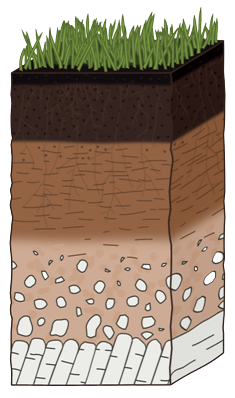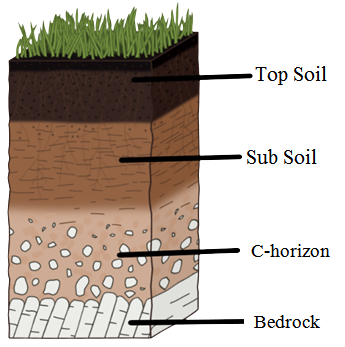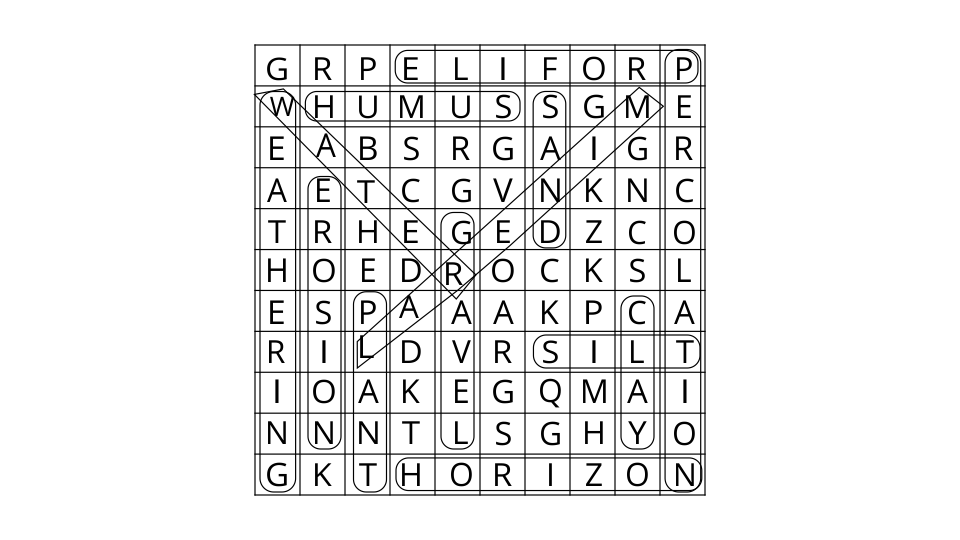Vedantu’s NCERT Exemplar Solutions of Chapter 9- Soil of Class 7 Science
FAQs on NCERT Exemplar for Class 7 Science Solutions Chapter 9 Soil
1. What has been covered in Class 7 NCERT Exemplar Science Chapter 9 Soil solutions?
The Class 7 NCERT Exemplar Science Chapter 9 'Soil' Solutions is a list of solutions given for each question in the 9th Chapter of the NCERT Exemplar Science workbook for Class 7. The NCERT Exemplar Science workbook is one of the workbooks in the NCERT Exemplar series. This series contains questions for practice based on the various chapters that students study in different subjects. Vedantu has provided answers to all of the questions in the 9th Chapter to help students understand how to solve these questions.
2. How do Class 7 NCERT Exemplar Science Chapter 9 Soil solutions help in our studies?
The solutions given to the questions in Chapter 9 - Soil that is available on this page have been designed to help you learn how to solve the questions by using efficient methods. The solutions given in the PDF file on this page are followed by a short, simple explanation for why one particular answer was chosen over the others. The explanations help you to understand how to arrive at the correct answer. This is done by explaining how to logically approach the question and use your information to deduce the right answer. For example, the first question in this chapter asks you to draw on your knowledge of soil and nutrients found in the soil in different kinds of environments to determine which environment would have the most nutrients and water.
3. Where can I find more study resources for Class 7 NCERT Exemplar Science Chapter 9 Soil?
Vedantu has plenty of study resources to help you in your studies. This particular page contains the Solutions to the questions in Chapter 9 of the NCERT Exemplar for Class 7. These questions with solutions can help you understand how to arrive at the correct answer by logical deduction. The PDF available on this page explains not just what the correct answer is, but also why that answer is considered the correct one. Apart from this, Vedantu also has a lot of other resources to go through, which can be found by browsing through the website or app. Vedantu provides free access to resources to enhance the learning process and students can also find free chapter-wise solutions on the website.
4. How can I study for Class 7 Science?
You can study for the science part of the Class 7 syllabus by creating a study schedule that offers variety and enough breaks for leisure. The breaks are important to make sure you don't suffer from burnout in your efforts to study well and the variety in study methods is necessary to prevent boredom. By varying your study methods, you can learn properly without getting easily distracted or bored enough to give up. We, at Vedantu, suggest that you begin your studies by going through your textbooks and learning the material thoroughly first. Then, download the Class 7 NCERT Exemplar Science Chapter 9 Soil Solutions along with the Solutions to the other chapters and practice solving the questions in the NCERT Exemplar book while using these solutions as guides. Finally, find more resources to study for Class 7 NCERT Exemplar Science Chapter 9 Soil.
5. Are the Class 7 NCERT Exemplar Science Chapter 9 solutions free?
The answer is yes! The Class 7 NCERT Exemplar Science Chapter 9 Soil Solutions are available for free on this page. You can view the file on the website or app, but if you want to download it as a PDF file, you will need an account on Vedantu. Creating an account takes less than 5 minutes. All you need to do is sign up using either your mobile number or email ID. Once your account has been created, you can download the Class 7 NCERT Exemplar Science Chapter 9 Soil Solutions for free along with all other downloadable resources available on Vedantu.




























